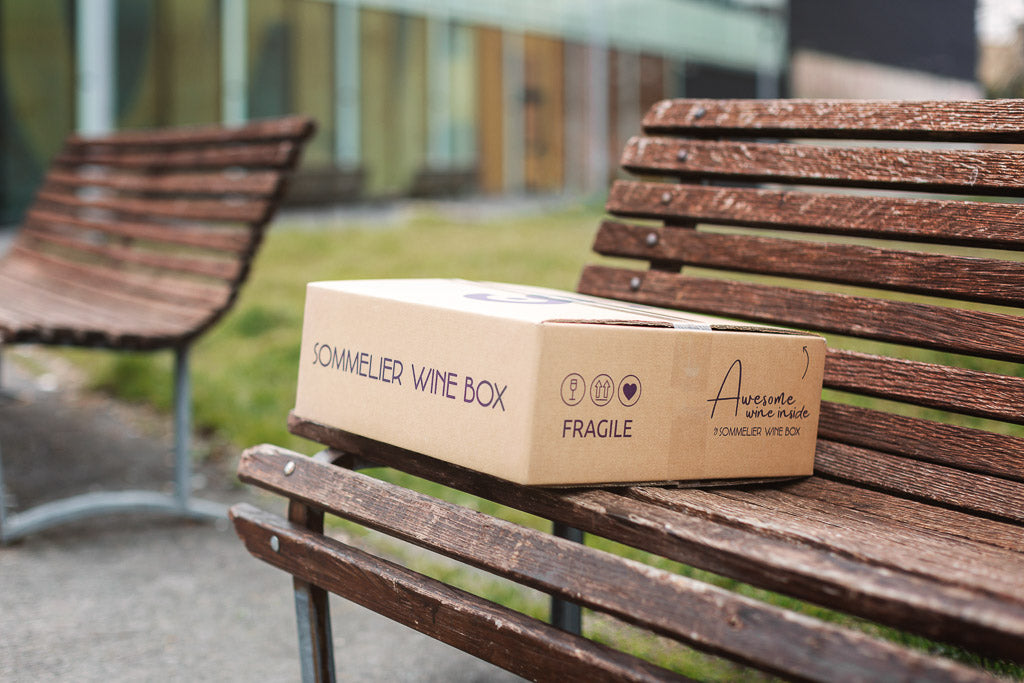In black grapes, keeping the peels in the must gives the wine the red colouring we know. This process is called maceration, and for red wines it lasts an average of about fifteen days (for light red wines it can be as little as five, and in other cases - rare to tell the truth - maceration can last as long as four weeks). But maceration on the peels also exists for white wines, and indeed this is what is meant when talking about macerated wines.
Here is what you need to know about macerated white wines, in 5 simple points.
1. Maceration on peels in white wines
Maceration on the skins applied to white grapes gives infinite nuances (from golden yellow to orange) as well as more intense aromas and flavours; in addition, it affects the ageing potential of the wine. The basic concept is that many of the compounds that give wines their identity are in the grape skins (in addition to the anthocyanins responsible for colour). The long maceration on the skins allows the extraction of tannins, which in a white wine is peculiar and upsets the cards a bit, because whites are usually derived from the fermentation of grape juice alone, in the absence of the solid parts of the bunch.
2. Basically, how is skin maceration done?
Freshly harvested grapes are destemmed (the stems are removed to prevent them from yielding bitter substances) and gently crushed, without crushing the skin. In the crush, contact between the juice and the skins is then achieved, to be placed in the maceration tank and kept at a controlled temperature (to better control the result) or even not, for more special and unexpected results.
3. How long does maceration on the skins last for white wines?
The time factor is crucial and maceration on the peels requires patience. Generally, from a few up to 24 hours, but some go as far as months or years.
4. Who is responsible for the introduction of maceration for white wines?
It is a re-introduction (maceration on the peels, even for white wines, goes back to the earliest forms of winemaking): Josko Gravner (legendary winemaker from Friuli) in Georgia discovered whites made using ancient techniques, the result of very long maceration on the peels, in terracotta amphorae. This changed his way of making wine forever (we are in the 1990s) and since the 2000s various producers in the North East have been producing white wines with different maceration times on the peels..
Today macerated wines are produced not only in the Collio area of Gorizia but throughout Italy: in fact we are witnessing a moment of glory for macerated whites, also called orange or amber.
5. So what do macerated wines look like?
A (short or long) maceration of the skins enriches the must with aromatic substances and this gives rise to very characterful wines, rich in aroma, of great quality and intense colour. They may like them more or less, but what is certain is that they have strong character.
- Read also: How to taste wine
BONUS: What is cryomaceration?
For those who like to explore further, this is a low-temperature maceration technique. The must is macerated together with its skins for around 12-14 hours: everything is put in contact with a cold generator that keeps the temperature at around 5° C (for cooling, substances such as carbon dioxide or nitrogen in its liquid state are used, i.e. non-toxic, odourless elements usually used in the food industry).
The aim? To extract few tannins and polyphenols, thus giving colour, must and fruit aromas while avoiding the bitterness and astringency of tannin. It is mainly practised with Riesling, Sauvignon and Malvasia (aromatic varieties), but also varieties such as Grillo, Vermentino, Chardonnay and Pinot Grigio, in order to increase their aromatic properties.
About the defects of macerated wines
There is much talk about the defects of macerated wines. Maceration in fact leads to oxidation of the white musts, with skins and stems yielding bitter tannins, which risk covering the wine's more enjoyable characteristics. This is true if maceration is conducted without care.
Choosing perfectly ripe and healthy berries, low temperatures, protection from oxygen, gentle mechanical actions and no abrupt movements lead to the creation of wines that can be brilliant, rich in fragrant aromas and with a balanced flavour.




